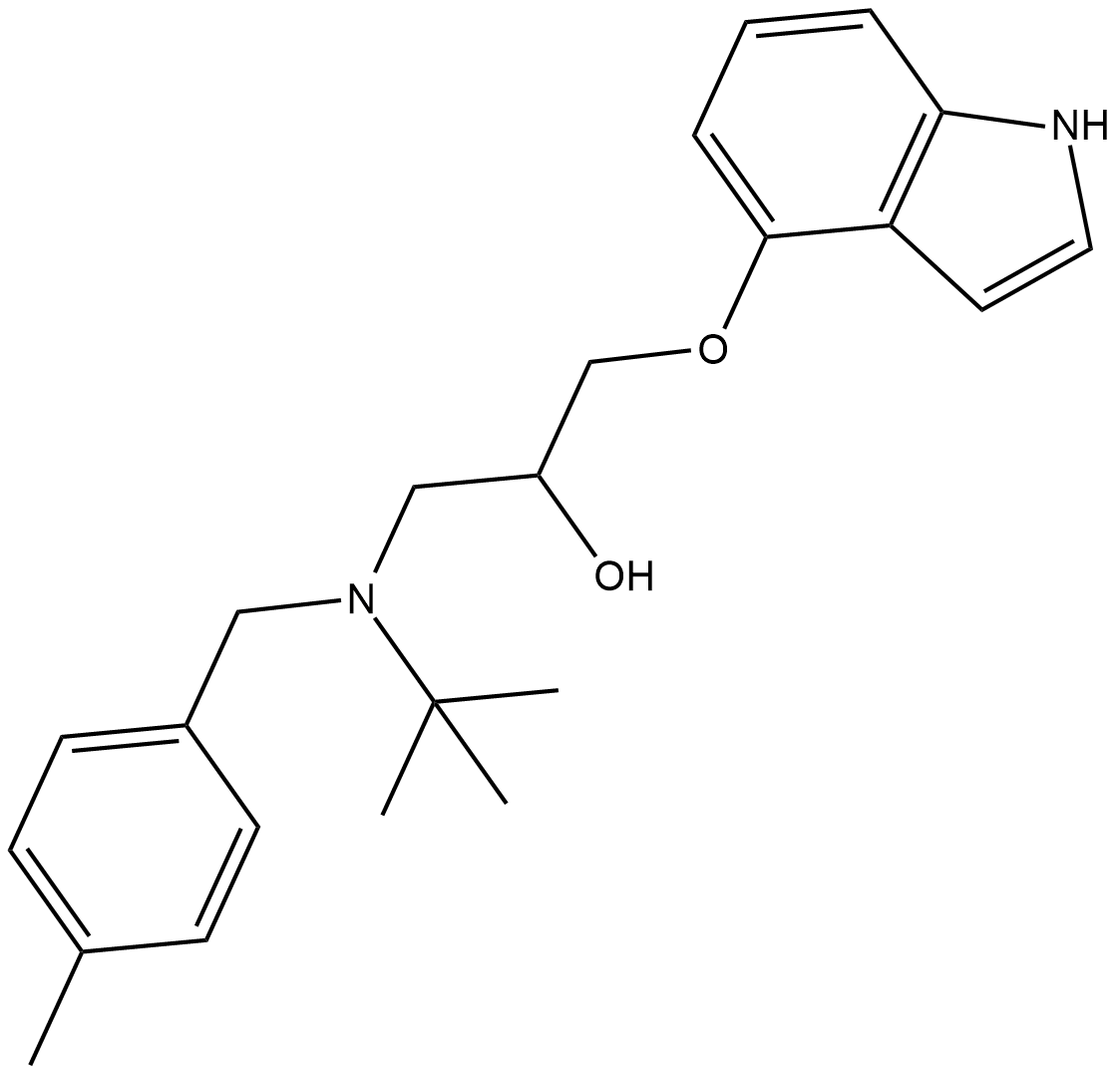SR 18292 |
| Catalog No.GC18269 |
SR 18292 is an inhibitor of peroxisome proliferator-activated receptor-γ coactivator-1α (PGC-1α), a coactivator of transcription factors for genes involved in gluconeogenesis.
Products are for research use only. Not for human use. We do not sell to patients.

Cas No.: 2095432-55-4
Sample solution is provided at 25 µL, 10mM.
SR-18292 is a PPAR gamma coactivator-1α (PGC-1α) inhibitor, which increases PGC-1α acetylation, suppresses gluconeogenic gene expression and reduces glucose production in hepatocytes.
The transcriptional coactivator PGC-1α plays a pivotal role in energy homeostasis by co-activating transcription factors that regulate fat and glucose metabolism. SR-18292 increases the interaction of PGC-1α with the acetyl transferase GCN5 and reduces co-activation of nuclear hormone receptor HNF4α by PGC-1α. SR-18292 suppresses HNF4α/PGC-1α gluconeogenic transcriptional function. By increasing the interaction of GCN5 with PGC-1α, SR-18292 increases the acetylation of specific PGC-1α lysine residues that might subsequently decrease its gluconeogenic activity[1].
SR-18292 reduces fasting blood glucose, increases hepatic insulin sensitivity and improves glucose homeostasis in diabetic mice. The high fat diet (HFD) fed mice, a dietary model of obesity and T2D, are treated with SR-18292 (45mg/kg) via I.P. injection for 3 consecutive days and again on day 4 before measuring fasting blood glucose. Strikingly, mice that are treated with SR-18292 have significantly lower levels of fasting blood glucose concentrations compared to matched vehicle-treated control mice. The induction of gluconeogenic gene expression is a regulatory component of the response to fasting. Importantly, gluconeogenic gene expression, specifically that of Pck1, is inhibited in livers isolated from mice treated with SR-18292[1].
References:
[1]. Sharabi K, et al. Selective Chemical Inhibition of PGC-1α Gluconeogenic Activity Ameliorates Type 2 Diabetes. Cell. 2017 Mar 23;169(1):148-160.e15.
Average Rating: 5 (Based on Reviews and 23 reference(s) in Google Scholar.)
GLPBIO products are for RESEARCH USE ONLY. Please make sure your review or question is research based.
Required fields are marked with *




















